Renewing Christendom
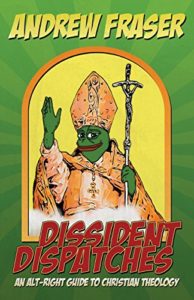 Dissident Dispatches: An Alt-Right Guide to Christian Theology
Dissident Dispatches: An Alt-Right Guide to Christian Theology
Andrew Fraser
London: Arktos, 2017
Andrew Fraser was for most of his career a professor of law at Macquarie University in Sydney. He was catapulted to prominence in July, 2005, by a letter to a local newspaper warning against the importation of Sudanese refugees into Australia: “Experience everywhere in the world shows us that an expanding black population is a sure-fire recipe for increases in crime, violence and other social problems.” The controversy surrounding the letter resulted in his departure from Macquarie.
In 2011, he published The WASP Question, a book which examines the failure of Anglo-Saxons around the world—the “invisible race”—to maintain a conscious ethnic identity and defend their collective interests:
The defining characteristic of WASPs [he wrote] is that they are much less ethnocentric than other peoples; indeed, for all practical purposes Anglo-Saxon Protestants appear to be all but completely bereft of in-group solidarity. They are therefore open to exploitation by free-riders from other, more ethnocentric, groups.
In the course of studying Anglo-Saxon origins, he came to appreciate the role played by the Christian Church in transforming a bunch of squabbling Germanic tribes into the English nation. It would be impossible to guess from looking at contemporary Christianity that the church could ever have served such a function. The privatization of worship since the Enlightenment has been so successful a revolution that many Christians are unaware of it, imagining it simply the nature of their faith to be a private affair.
Nothing could be farther from the truth. Medieval Christianity “was a way of life, a communion, and a faith practiced in public and private by all manner of men and women,” as Fraser points out. The Bible did not merely “serve individual believers as witness to the word and work of God,” but also “provided the sacred charter” of the church. But if the Christian Church presided over the formation of the English nation, might the retreat of Christianity into the private realm have contributed to the downfall of proud Anglo-Saxon nationhood within the last several decades?
With such questions in mind, Fraser, already of an age to retire, made the unusual decision to enroll as an undergraduate at a nearby divinity school. The school turned out to be a “hotbed of multiculturalist ideology,” and at one point he was suspended for an entire year due to complaints of his “intolerance” from students and faculty members. But he persisted, and in 2015 was awarded a Bachelor of Theology degree.
Dissident Dispatches is the record of his experiences as a student. The book includes papers written for course credit (with his lecturer’s comments), accounts of his skirmishes with the politically correct, and subsequent personal reflections on both. It is arranged chronologically rather than thematically, giving it the feel of a miscellany, but a consistent theological and political perspective underlies the whole. Weighing in at over 500 pages, the volume is best digested in short installments. What follows is merely a summary of a few of the main themes. Read more


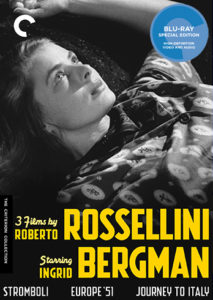 One early evening when we went to the Paramount to go to the movie, there were eight or ten people with picket signs marching back and forth in front of the theater—don’t go to this movie. I didn’t catch on to the details, but I knew it had to do with the actress Ingrid Bergman, who was starring in the movie and very big at the time—Casablanca, etc.—doing something really bad. What it was, I later found out, was she had had an illegitimate child with the film director Roberto Rossellini;
One early evening when we went to the Paramount to go to the movie, there were eight or ten people with picket signs marching back and forth in front of the theater—don’t go to this movie. I didn’t catch on to the details, but I knew it had to do with the actress Ingrid Bergman, who was starring in the movie and very big at the time—Casablanca, etc.—doing something really bad. What it was, I later found out, was she had had an illegitimate child with the film director Roberto Rossellini; 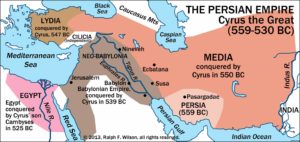
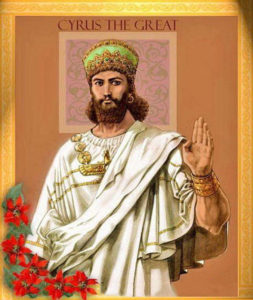
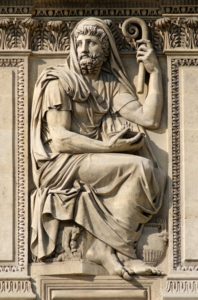
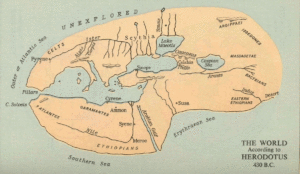
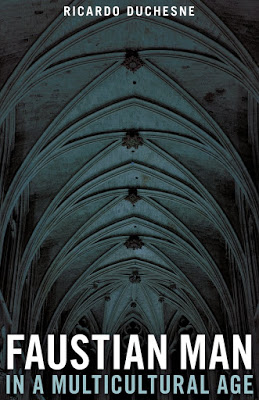 Faustian Man in a Multicultural Age
Faustian Man in a Multicultural Age


